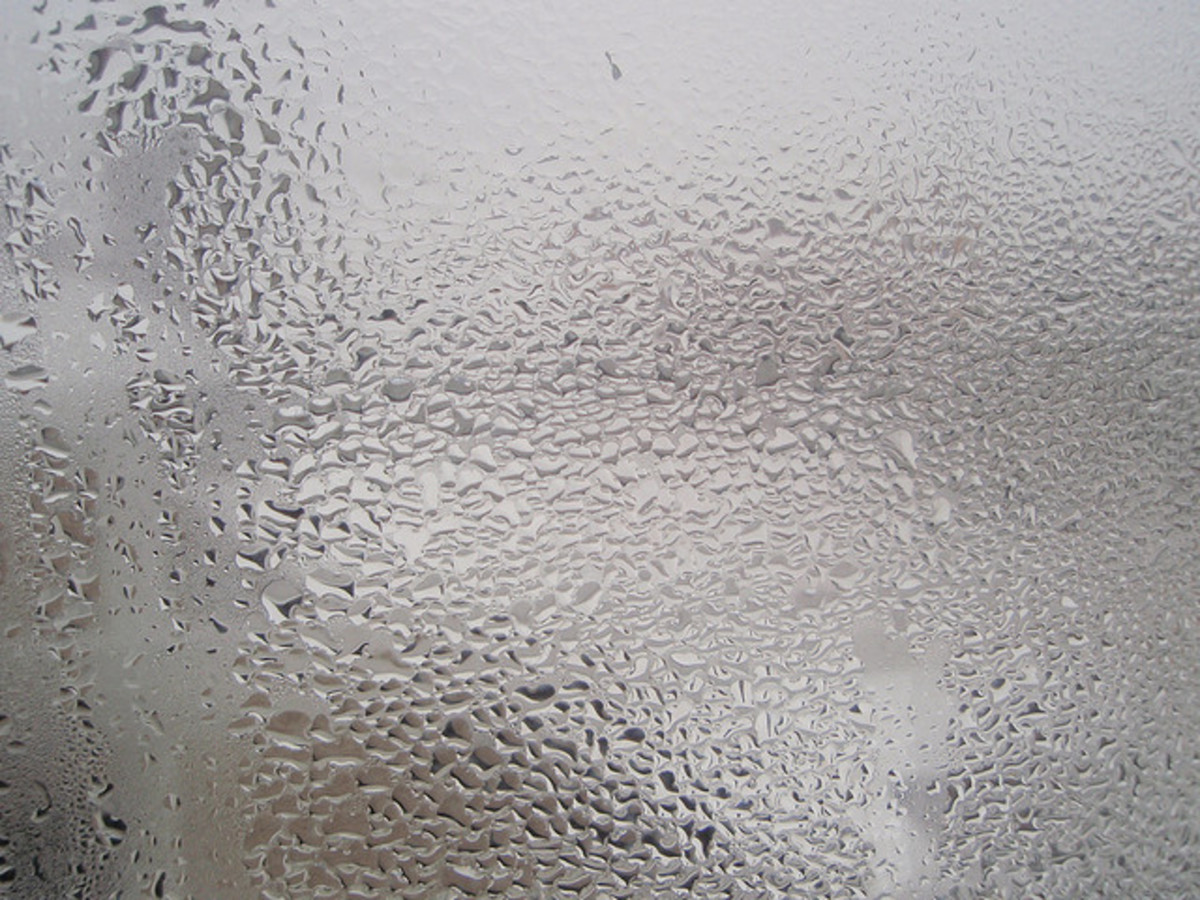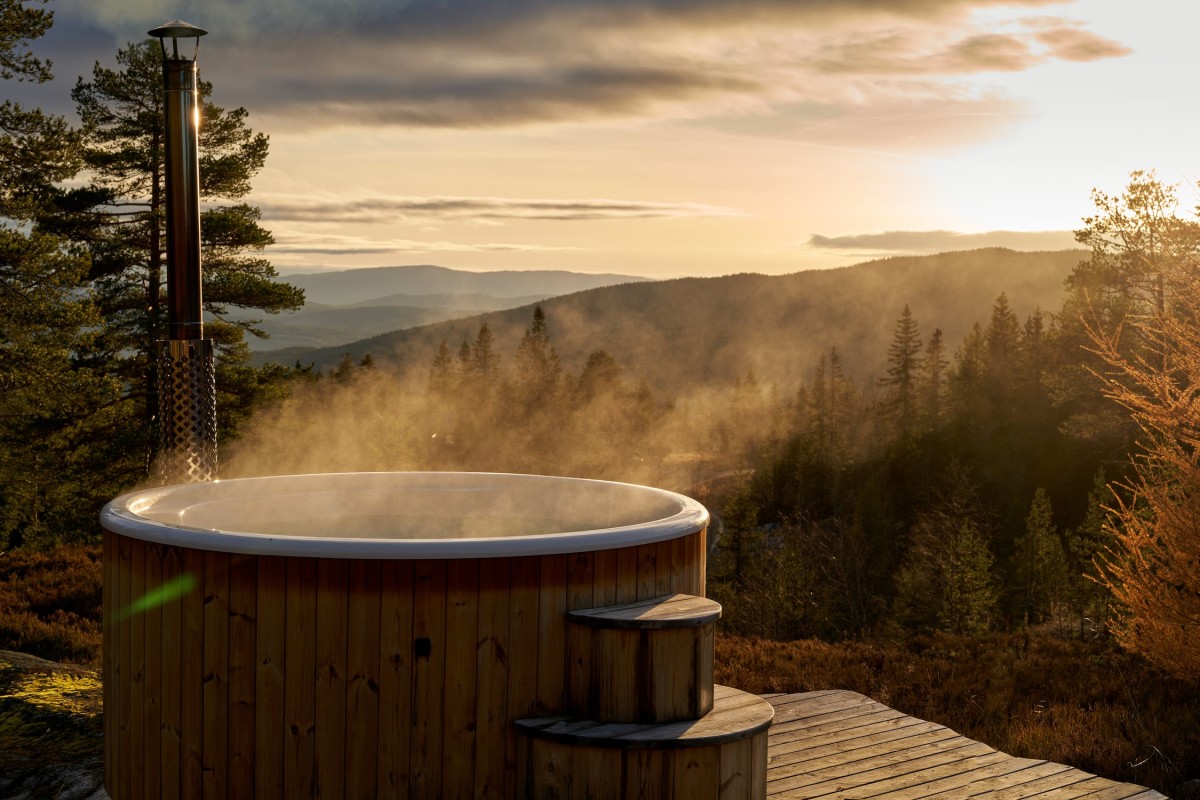Buying Your 1st House: Energy Efficiency

Some of the significant expenses of your first home will be its annual energy costs. And, for both the planet’s sake and for that of your bank account, you may wish that your first home be as energy efficient as possible. So, what must you look for?
If you are buying a house with a previous owner, you should first seek information on all energy expenses and utility costs: natural gas, heating oil, propane gas, coal, wood, electricity, water and sewer. Be sure to also inquire about the previous owner’s typical usage patterns. After all, a retired empty-nester couple that seldom ventures out, closes off unused rooms, sets the thermostat down a few notches, and walks about in cardigans all winter will undoubtedly use less energy than a growing family of six, laden with all the latest appliances and media, and with active teenagers and friends occupying all rooms at all times.
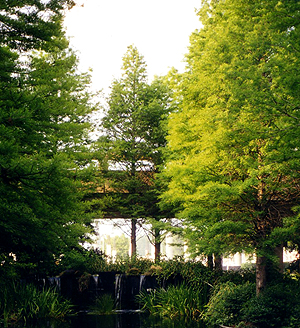
But there are many other elements of the home you can examine as well. First, check the homesite for the locations and types of trees and landscaping. Properly placed, evergreen trees and shrubs near the house can block and buffer the effects of fierce winter winds. The leafy mass of deciduous trees (those that lose their leaves) can provide shading from the most intense and direct summer sun and heat, while allowing warming winter sun and light through.
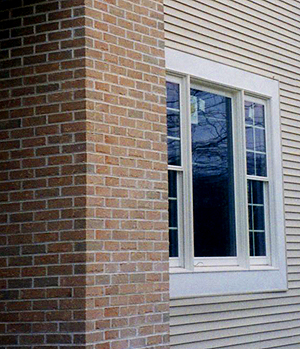
Second, a brick exterior, properly constructed and with sufficient insulation and vapor protection, can be very energy efficient. Other highly efficient exteriors include both well-insulated vinyl siding and well-insulated hard plank finishes (usually a form of precast fiber-reinforced cement).
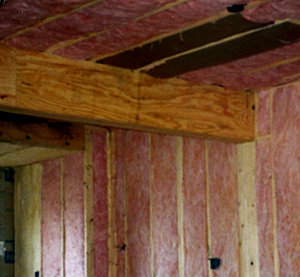
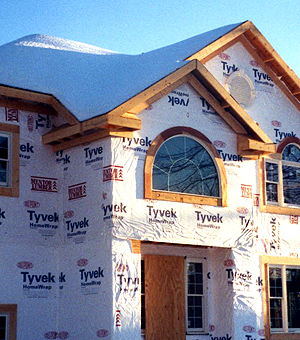
Third, check insulation levels throughout the house. Today, most homes being built throughout the Midwest and northern portions of the U. S. are being provided with insulation levels of around R-19 for walls and ceilings/roofs. (The higher the R-value the better.) Inquire whether an older home has had any upgrade in insulation (often via shredded insulation being blown into wall or ceiling cavities). Insulation should be as continuous as possible, and openings around all penetrations in the exterior building shell (for doors, windows, vents, etc.) should all be properly caulked and inspected regularly.
Fourth, ask if the structure has any incorporated ‘housewrap’ — a membrane that can provide both air-tightness and a vapor barrier, improving the overall energy efficiency of the home. The housewrap, too, should be continuous and uninterrupted.
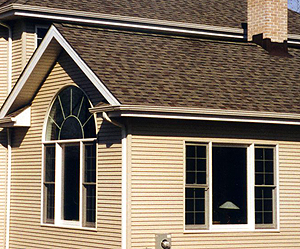
Fifth, check the home’s windows. Multiple-glazed windows are best (either double- or triple-glazed), and the best windows have sealed insulating glass units, are low-e, and have frames that incorporate a thermal break that prevents or reduces transmission of heat through the frame.
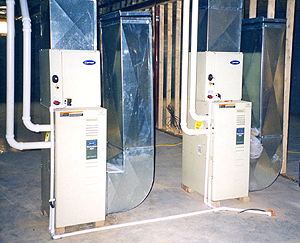
Sixth, if your first house is large, or logically differentiated by patterns of occupancy and use (2nd floor bedrooms used only at night, 1st floor living spaces used only by day), it might benefit from a split heating and air-conditioning system. With a separate furnace serving each floor, each may be able to operate with much higher energy-efficiency.
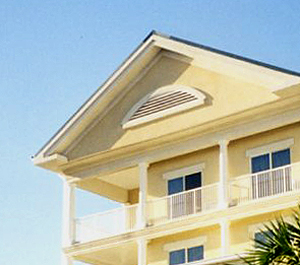
Finally, in addition to conveying charm and traditional architectural styling, porches can add to the overall environmental quality of your home, by shading the house, reducing the impact of wind, snow and rain, capturing prevailing breezes, and offering casual outdoor living space. In a similar manner, high ceilinged rooms with fans or fan-light fixtures can offer more dramatic living spaces with the added comfort and flexibility of cooling and ventilation.
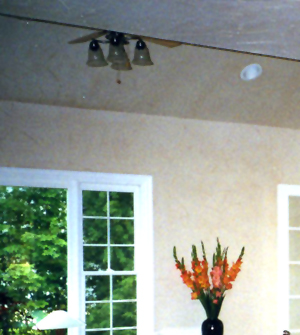
- Buying Your 1st House: Start with Community
Buying Your 1st House Many first-time homeowners fall in love with a particular kitchen. Or they feel that a family room theyâve seen will be ideal for entertaining. Or a master suite is simply to die for. But the city, suburb,... - Buying Your 1st House: Notice the Trees
When you are shopping for your first house, it's not all about the house. Take note of the surrounding environs as well. - Buying Your 1st House: Red Flags
Here are some of the warning signs you should be on the alert for as you shop for your first house. - Buying Your 1st House: Old vs. New
Begin by assessing whether you can obtain better value by building anew or simply improving on an already existing structure. - Buying Your 1st House: Structural Concerns
Protect yourself as you contemplate one of life's greatest purchase decisions. - Buying Your 1st House: Storage
It's nice to have enough bedrooms for all family members, but don't overlook the need for closets to hold all the family members' acquired stuff. - Buying Your 1st House: Protect Yourself
Protect yourself as you make your home choice Buying your first house can be a complex and daunting process, one laden with inherent financial risk. So how can you best protect yourself as you seek that first home? Here are some ways: As you start... - Buying Your 1st House: Watch Your Step(s)
One of the best ways in which you can protect yourself and your family as you buy your first house is to simply watch your step(s). Steps and stairs can be either one of the greatest assets or one of the most severe detriments of a home. Annually...

